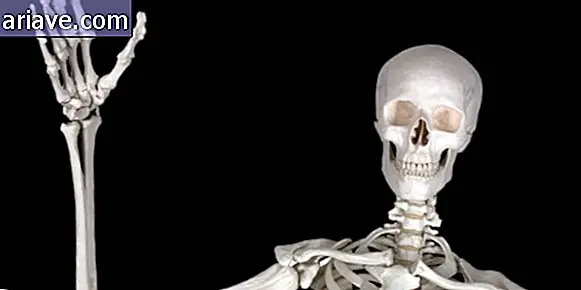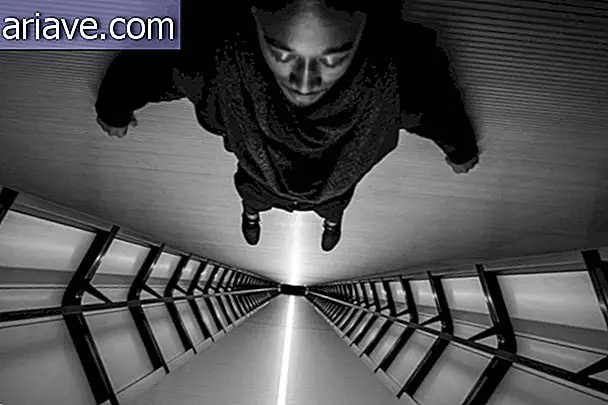Rapunzel Syndrome: Evil with fairy tale name but no happy ending
Have you heard about Rapunzel Syndrome? Despite the name inspired by a famous character, this rare condition has nothing fairytale about - and can even result in a far from happy ending for patients. That's because people who have the syndrome ingest their own hair for years until a massive, solid ball of tangled threads forms in the stomach, with a lock that extends into the intestines.
This hair mass is called gastric tricobezoar and can cause a number of health problems and even death. According to Sara G. Miller of the Live Science website, a Rapunzel Syndrome fatality was recorded earlier this month in England. The case involved a 17-year-old girl who was rushed to hospital after passing out, but the doctors could do nothing to reverse the condition and she died.
No happy ending
According to Sara, among the most common symptoms of the syndrome are digestive problems such as nausea and vomiting, but tricobezoar can also obstruct the gastrointestinal tract, causing eating difficulties and malnutrition. In addition, the hairball can lead to ulcers - and depending on the severity of the condition, the injury can puncture the stomach wall and allow bacteria in the tricobezoar to lodge in the abdominal cavity and cause serious infections.

In the case of the young woman who died in England, complications related to the hairball led the girl to develop a peritonitis, that is, an inflammation in the peritoneum - which is the membrane that covers the abdominal wall and the viscera. This inflammation led the patient to suffer widespread organ failure and later death.
And how can a hairball do so much damage? Contrary to what you might think, these masses of yarn are not malleable and soft like the balls we make when cleaning our hair brushes, for example.
A tricobezoar forms over a number of years and from the accumulation of a large amount of hair - which coils to a very hard and consistent mass that takes the shape of the patient's stomach. And there's no way: Once the presence of the hairball is identified, it needs to be removed by surgery before serious complications occur.
Source of the problem
Well, we said Rapunzel Syndrome happens when someone swallows enough hair to form a solid mass in the stomach that causes a lot of trouble. But what causes a person to swallow his own wires? For patients diagnosed with the condition almost always suffer from a psychological disorder known as trichotillomania - which consists of the compulsion to pull their own hair or body hair - accompanied by trichophagia, that is, the ingestion of the hair.

According to Sara, experts believe that trichotillomania is a condition associated with obsessive compulsive disorder. But instead of being motivated by repetitive and intrusive thoughts or obsessions - as is the case with OCD - pulling out hair is purely behavioral, which means that one does not even think before pulling the strings and It is unable to resist the urge to do so.
And the disorder can greatly affect the life of the person diagnosed with the condition, as they may feel frustrated at not being able to control themselves and pull their own wires, not to mention that the compulsion can lead the patient to avoid socializing. At least in the US, it is estimated that between 1 and 2% of the population suffers from trichotillomania and from these, between 5 and 20% have tricophagy.
The condition usually manifests most often in children between the ages of 10 and 13, and although boys may also develop the disorder, it is more common in girls, so that in adults, 90% of cases are reported in children. Female people. With regard to treatment, in addition to the use of medications, it involves helping the patient to recognize when pulling hair and identify what triggers the action.
The diagnosed can also learn techniques that involve engaging in activities that are incompatible with pulling their hair every time the impulse comes up, such as clenching their fists, sitting on their hands, or doing manual activities such as embroidery or knitting.











